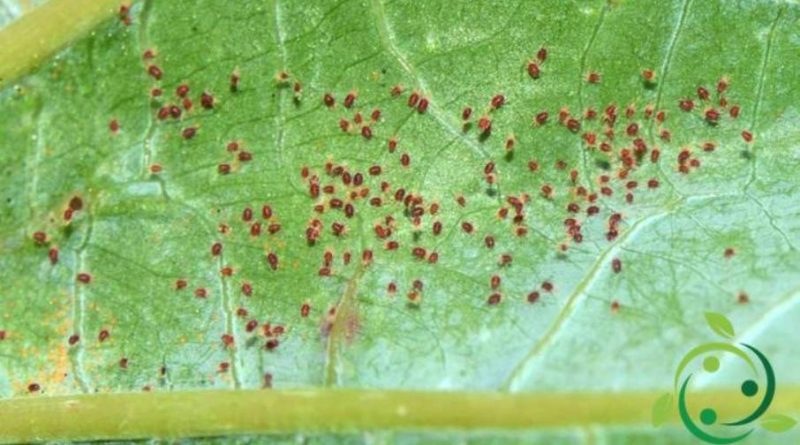How to fight the red spider in a biological way
How to fight the red spider in a biological way
The defense against infestations of the red spider (Tetranychus urticae, T. telarius, E. althaeae) is a question that often, if we do not know the characteristics of this tiny red mite, can have negative effects. Of smaller dimensions than a pin point (and therefore of complicated visibility) and of red color it often lives on the lower page of the plants and feeds on the sap of the plants, such as: string bean, zucchini, cucumber, pumpkin, watermelons, tomatoes, aubergines, peppers, vines, etc. and he weaves a thick and very thin spider web, which takes away the same breath. The damages are then borne by the fruits that become coriaceous, bitter and inedible. Since it is a mite that has a very fast biological cycle (up to 8-10 generations in a year) if serious measures are not taken, it risks serious problems (up to death) of the infested plants.
Infestations occur at temperatures above 30 ° C (from late May to summer) and dry periods. The absence of water (hygroscopic and rain) is the optimal state for its development and therefore, on the contrary, rainy and wet periods are an obstacle to its development; that’s why to defend the plants, it is necessary to act with abundant artificial wetting, but with directed spray on the lower page and in the cool or evening hours.
Very effective remedies are those based on macerated nettle or garlic. Among the remedies that have a good effect we mention the sulfur that, used against fungal attacks (especially oidium) to our plants has good efficacy against this small mite.
Among the somewhat more sophisticated techniques of biological control we recall the introduction of this mite’s natural predators into our company. We remember above all mite Phytoseiulus persimilis or others belonging to the genera Amblyseius and Neoseius or the ladybird Stethorus punctillum, all organisms useful for a rebalancing of our agroecosystem.
In fact, the proliferations of the little spider mite are largely due to the interference that farmers cause in the agro ecosystems; interferences due above all to the often indiscriminate use of broad-spectrum insecticides which, by eliminating also the useful micro-fauna, favor the emergence of a series of phytopathologies of which that of the red spider is not the only one.

